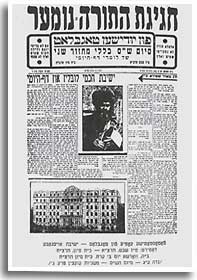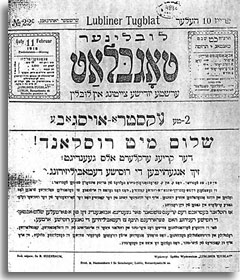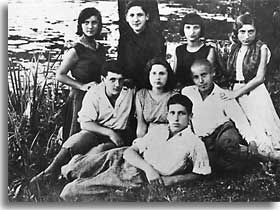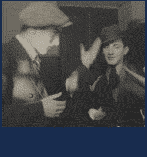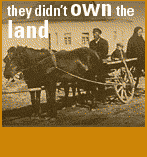

Meanwhile, as the social and political upheavals of the era visited Lublin late in the 19th century, a familiar battle between Zionists, Bundists, and religious Jews took place at every level of Jewish society, especially within the pages of newspapers (such as the daily Lubliner Togblat) and around community elections. However, in Lublin anti-Zionists maintained more influence than in many other cities. The religious Agudas Israel  and the secular, Folkspartei
and the secular, Folkspartei  vied for control, while Zionists inveighed against them both. No one party was able to gain the upper-hand in the struggle for local political leadership.
vied for control, while Zionists inveighed against them both. No one party was able to gain the upper-hand in the struggle for local political leadership.
While always a reality for many of Lublin's Jews, poverty became particularly endemic to the community after Lublin lost its influence. The city was no longer anywhere near the center of Poland's economy and the boom had all but disappeared. The entire city suffered. Voluntary taxes - now paid by only a minority of Jews - could barely support the surviving welfare organizations, over-crowded hospitals, and orphanages. Nevertheless, life continued, and a wide range of social groups weathered the rough times: sports clubs, dramatic societies, orchestras, amateur theaters, library societies, and political youth groups, among others.
Lublin's Religious Communities
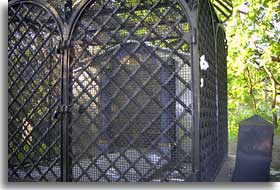

Lublin was especially known for its strong Hasidic community, which thrived until the Holocaust, even without the charismatic leaders of earlier years. Historically, Lublin was well-known for its great tzaddikim  , sages who, unlike other rabbis, became larger-than-life spiritual mentors within their respective groups. Outside of the formal synagogue, Hasidim congregated in modest shtiblekh
, sages who, unlike other rabbis, became larger-than-life spiritual mentors within their respective groups. Outside of the formal synagogue, Hasidim congregated in modest shtiblekh  , simple houses of prayer and study that sprouted in the homes of community leaders. Lublin was full of such shtiblekh.
, simple houses of prayer and study that sprouted in the homes of community leaders. Lublin was full of such shtiblekh.
One of the founders of Polish Hasidism and Lublin's most important tzaddik was Ya'akov Yitzkhak ha-Levi Horovitz, known to his followers as "The Seer of Lublin." The Seer lived in the late-18th /early-19th centuries. He was widely believed to be a miracle-worker, a heroic figure of folktales who was said to cure infertility, predict the future, and able to levitate upon command. Legend also had it that he always wore blindfolds in order to sever himself from the wickedness of the world.
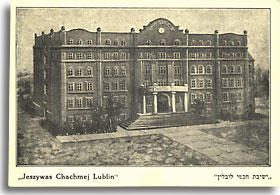

In the interwar period, the established Orthodox Jews had an upper hand and a great leader in Rabbi Meir Shapiro. He created a celebrated yeshiva, the Yeshivat Khakhmei Lublin (The Academy of Sages of Lublin), world-famous despite existing for only nine years before the war came. Rabbi Shapiro was a tireless scholar who traveled throughout the United States and Western Europe collecting the necessary funds to create the institution, making an extraordinary effort to return Lublin to its once revered status as a center of scholarship and religious life. His vision was to fashion a fully modern and established religious institution on a par with western universities, thereby lending legitimacy to a movement that was increasingly seen, especially by secularized Jews, as anachronistic and medieval. He achieved his goal in 1930 with a handsome building housing 200 students at a time, a library of over 10,000 religious texts, lecture halls, gardens and all the amenities that a modern yeshiva student might want.


